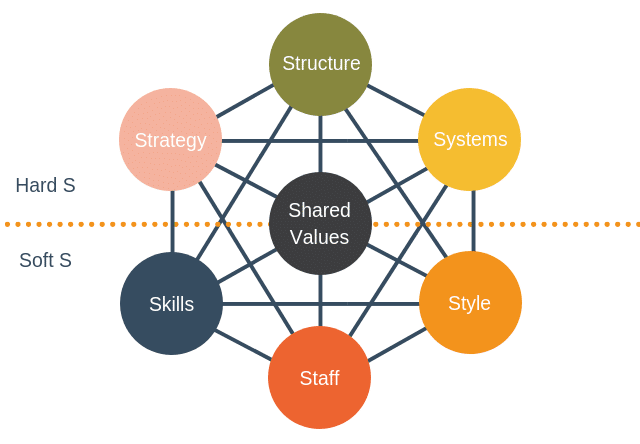It is mutually agreed that the converses of intuition and analysis generate tension during the strategic thinking process. Researchers and contributors to strategic management making the case for logic argue that for strategy to be effective, the strategic thinking process must involve extensive formal analyses and objective collection and processing of data both from within and without the corporation. Rational reasoning enables managers gain an accurate perspective on the different options available before identifying the strategic option that best serves the organization’s cause: achieving its goals and objectives. Logical analysis encompasses assessing internal and external risks, strengths and weaknesses, market need and so on; so that strategy can be thought out to fit each of the above factors.… Read the rest
Strategic Management Basics
Porter’s Five Forces and Three Generic Strategies
The long development of Porter’s Five Forces Analysis has brought to the fact that those forces become the determinants of the industry’s competition. These five forces are treat of new entry, rivalry among existing firms, treat from substitute products, bargaining power of buyers, and bargaining power of suppliers. Furthermore, five forces analysis is treated by the organization to measure the level of competition, besides that, it is used as a strong first step in understanding how one industry compares to another and also to determine industry profitability because they influence the prices, costs, and required investment of firm in an industry.… Read the rest
Link Between Core Competency and Competitive Advantage
In order to explore the link between core competency and competitive advantage, it is crucial to understand the implications of both terms. Competitive advantage could imply exploitation of resources resulting in an organisation’s distinctive position compared to competition. While most firms view the attainment of competitive advantage as earning greater investment returns, it can comprise of various aspects, for instance, enhancing environmental impact or capturing a greater market share can be viewed as a source of competitive advantage for a particular firm. Porter (1985) defined competitive advantage as the value delivered by a firm’s products that exceeds costs of creating that value.… Read the rest
The Importance of Core Competencies in Strategy Formulation
Strategy allows an organisation to deliver its vision. To develop a deliberate strategy which could potentially increase the sustainability of an organisation clearly requires the identification of core competencies but often a single strategy is not the answer. Organisations require a headline strategy to fit a brief which resonates the vision but several strategies are required over many departments such as research and development, production and marketing to deliver the main strategy. The process of strategy development is complex and methodology depends on several factors including the availability of resources and the external environment. The first step in strategy development is the identification of core competencies then followed by the the process of leveraging resources so they can be exploited for maximum benefit.… Read the rest
Core Competencies – Competitive Base for Organizational Success
Competence is considered as the most important attribute without which a business cannot enter or survive in an industry. Competences develop from resources and skills, technology and know-how all together makes up competences. For example in the pharma industry in order to survive or operate successfully a very specific understanding of the special equipment’s needed to manufacture medicines and how a medicine works on the human body is important. That is every player in the industry needs to possess each of these competences in order for it to survive long term. Core Competences are the skills and abilities by which resources are deployed through an organisations activities and processes such as to achieve competitive advantage in ways that others cannot imitate or obtain. … Read the rest
McKinsey’s 7S Model – A Great Strategic Management Tool
The McKinsey’s 7S Model was created by the consulting company McKinsey and Company in the early 1980s and subsequently has become the de facto standard used by practitioners and academics alike in analysing the performance of an organization. The McKinsey’s 7S model is a value based management (VBM) model that describes how one can holistically and effectively organize a company and together, these factors determine the way a company operates. There are seven variables in the model which include structure, strategy, systems, skills, style, staff and shared values. All beginning with ‘s’, justifying why it was termed as the 7S model. … Read the rest



